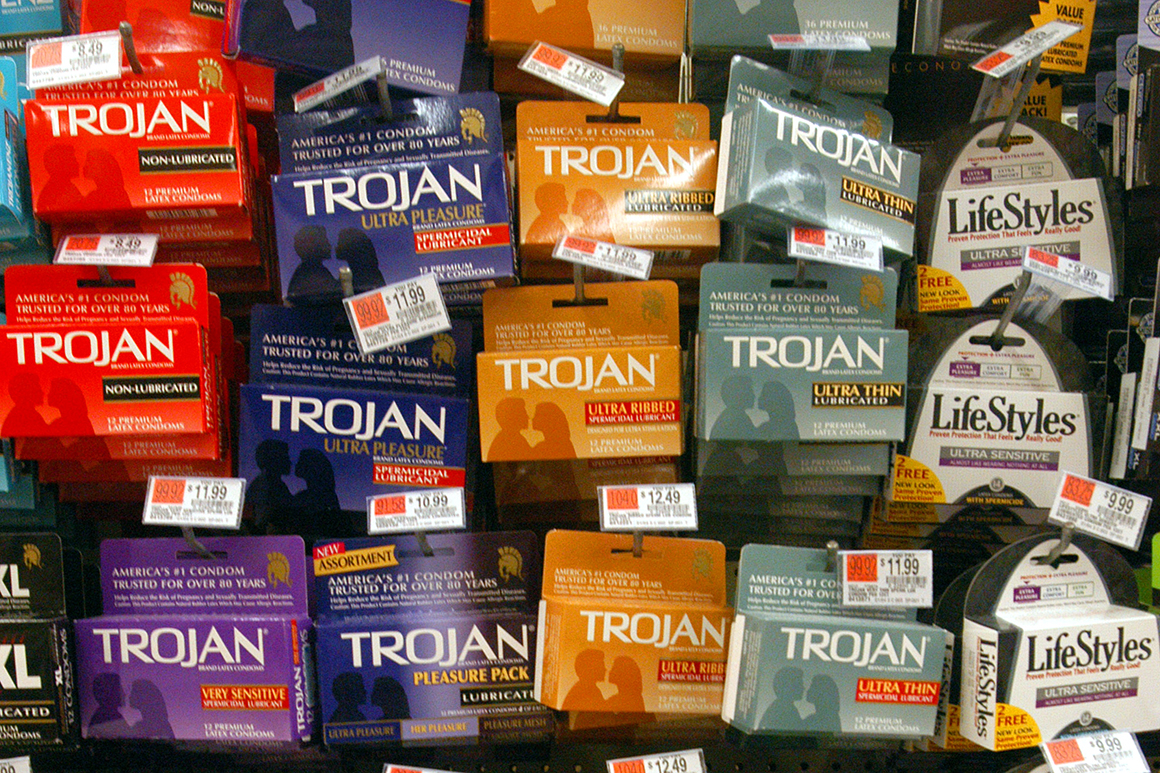
Heather Hale, executive director of Saskatoon Sexual Health, said her organization has been forced to cancel drop-in clinics, move appointments to the phone, stop classroom visits and shut down precautionary testing for STIs.
“That prevention piece has really, really — we aren’t doing that at this time,” Hale said.
Her province of Saskatchewan has the highest rate of HIV infections in Canada — more than twice the national average. Saskatchewan also has the highest rate of chlamydia infections, second highest rate of gonorrhea and, last year, saw a 393 percent increase in syphilis rates, Hale said. The province, she believes, also still has the highest provincial rate for adolescent pregnancies.
Due to the restrictions, people have mostly stayed in their own bubbles, she said, but sexual activity with different partners is expected to rise as the provincial government eases the measures.
“Having access to STI testing will be important as people start to come out and start to widen those circles,” she said.
A report last week by Statistics Canada said sales of “family planning products” such as condoms, contraceptives and lubricants soared by 30 percent in the second week of March and by 41 percent in the third week, compared to the same periods last year— right as Canadians were asked to stay home.
The surge was temporary, however. By the fourth week of March, sales slowed back to normal levels.
The federal data-gathering agency noted the drop off coincided with news reports that pandemic-driven factory shutdowns in Malaysia could limit global condom production, which fueled speculation of a possible shortage.
Several experts in the field say that despite reports of emptier store shelves and difficulty obtaining condoms in some areas, Canada’s domestic supply has so far appeared to avoid a significant shortage. The international situation may be different over the coming months, with the United Nations Population Fund reporting that 10 partner countries may be at risk of running out of condoms.
“We saw a whole bunch of people in the first few weeks stocking up,” said Nicole Pasquino, clinical practice director at Options for Sexual Health, an organization in British Columbia that offers free condoms and birth control pills for about a quarter the usual price.
“They were all coming to get condoms, birth control, whatever they need to get and then we see a little bit of a lull because people are going to stay home. … I think that mentality of stocking up hit everybody hard — we saw it with toilet paper.”
Youth, who may have accessed services and products at their now-shuttered schools, may be particularly hard-hit, she said.
On sexual health services in general, Pasquino said, from what she’s seen, providers are all in „kind of troubleshoot mode.“
„I think the months and years to come are going to be about how the consequences of this will be managed,” said Pasquino, whose organization serves around 30,000 patients per year at clinics.
Groups like Oxfam Canada have been calling on policymakers to increase the use of telemedicine to allow patients to renew contraception by phone.
They have also been pressing governments on the fact that pharmacists are still prevented from prescribing contraceptives and that the products are not covered by public pharmacare, said Dana Stefov, Oxfam Canada’s policy lead on sexual and reproductive rights.
“There are still barriers to access that existed before the crisis that are being exacerbated now because of the crisis.” Stefov said.
She said it’s important to monitor potential disruptions when it comes to access to contraceptives like condoms, which have been flagged as a possibility for many countries including Canada.
“There is a real risk and threat that some of the supply chains are going to be broken and that there might be more stockouts and shortages in the months ahead.”
Source: politico.com
See more here: news365.stream






